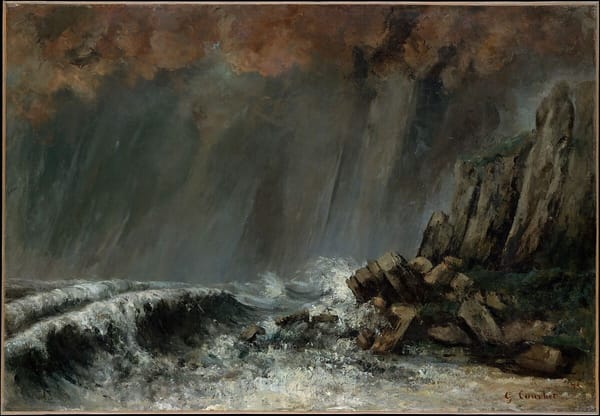Issue 48: The History You Miss on Your Way to Work
and the futures you create
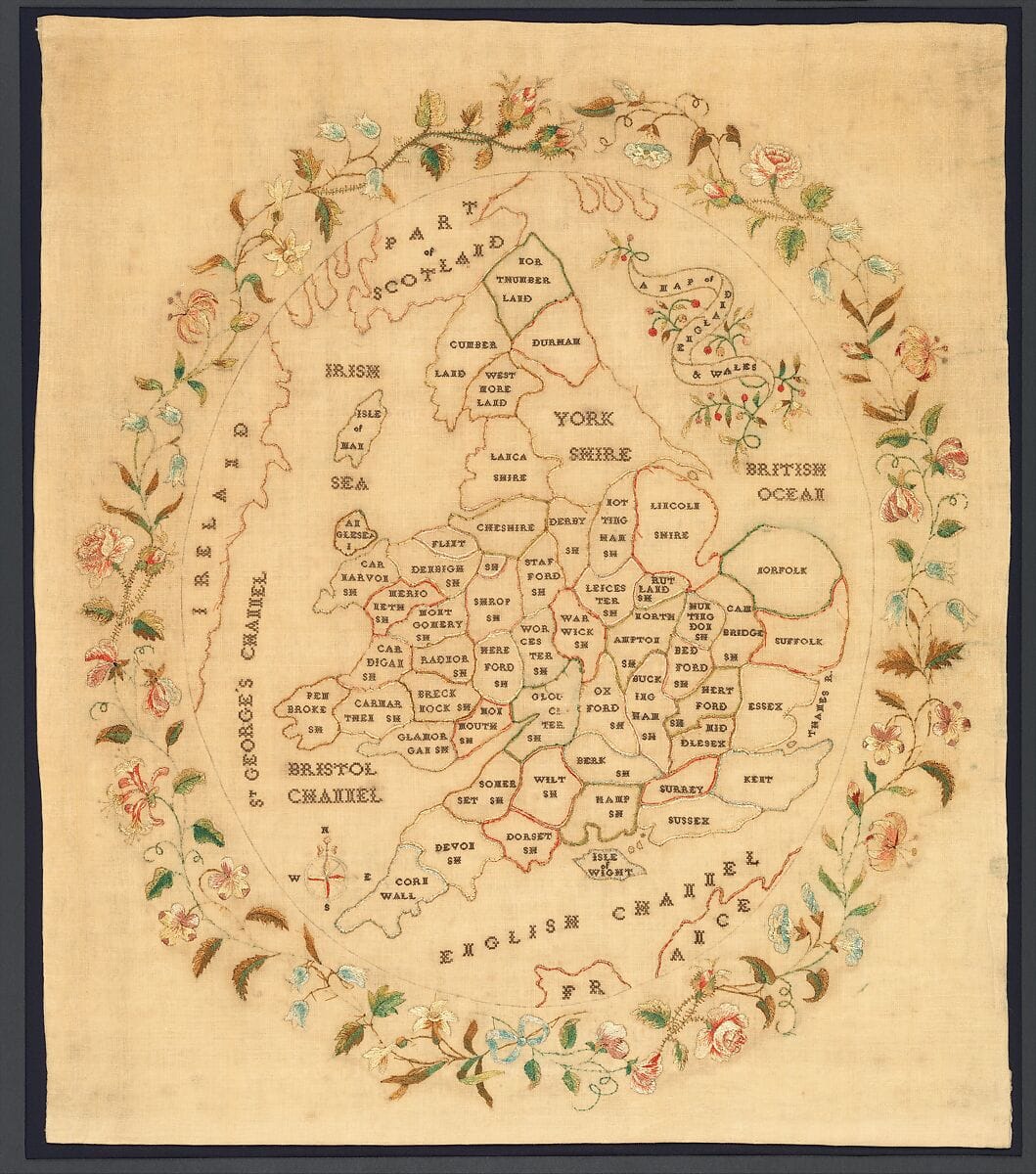
Dear Reader,
Food For Thought
In last week's issue, we discussed the art of fully attending to museums.
We discussed the game theory dynamics and unique disadvantages of museum-going and how these problems can be solved by using a tour or an audio guide.
A guide significantly alters the dynamic of what you are seeing, or more accurately, what you are not seeing: the history and story behind the piece. This data is necessarily obfuscated by the museum itself, but pivotal to complete appreciation of the piece. A museum is merely a building filled with these information mismatches, compounded by the unique social constraints at play in a room of fragile artifacts.
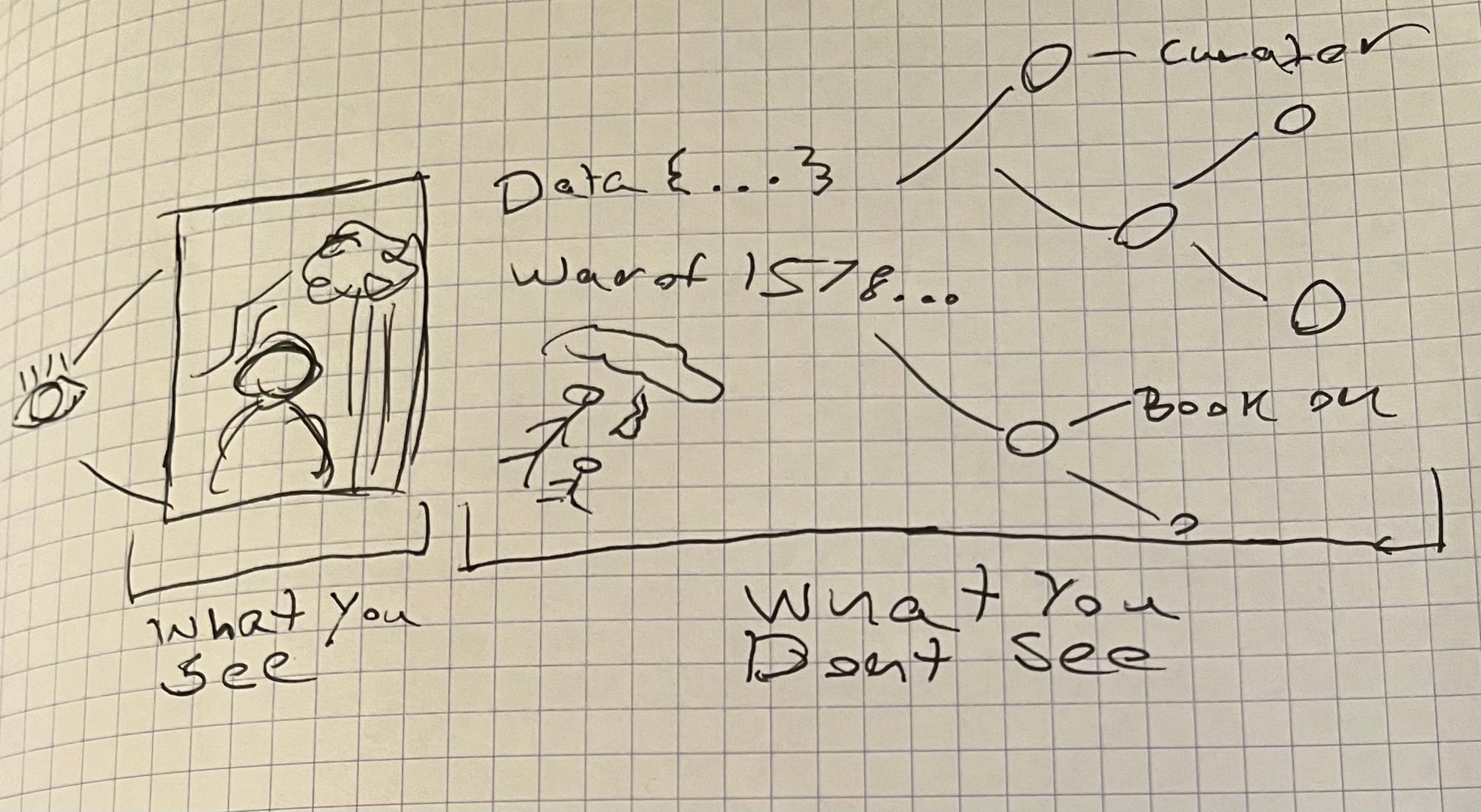
The Outside World & History
This issue, I'd like to "negate the set" of our attention. If museums are where important artifacts from mankind are stored, the outside world is where artifacts are created.
The "outside world", by virtue of supporting the living, is fundamentally different than museums. The world bears the burden of support and cannot be fragile, as the creatures that occupy it are not fragile. The outside world goes out of its way to root out fragility, in fact.
The world is a blend of intent and accident. The location of the Nile and its annual flooding are natural occurrences, shaping the landscape by accident. However, the ancient Egyptians' decision to settle along its banks and harness its waters for agriculture and civilization was a deliberate act of intent.
What we call history is a byproduct of this process, the dance between choice and chance, captured in some form.
We walk both in and on history without much consideration.
Where are You From, Really?
An example that hits close to home (literally) is your place of origin. You likely have a lot of pride for your hometown, and perhaps mannerisms or accents that are borne of it, too. But have you considered that where you are from is simply a choice your parents made? In their shoes, they might have moved for work, or for opportunity, or for a variety of other reasons. Because you view your hometown as 'home,' history becomes detached from your lived experience.
To see beyond what is there, we need to be active participants of our local world. As in the museum, we can't just see what is in front of us passively, we must aim beyond. Using a guide allows us to learn about where we are, and about its history, to slow down on our daily motions and appreciate what is around us.
Long(er) Walks
If museums are where important artifacts from mankind are stored, the outside world is where artifacts are created.
Most pivotally, the real world is a museum that we ourselves influence. As you read these words, they are committed to history, a blend of my intent as a writer and you stumbling by it on accident (or whatever issue you first started reading this newsletter). This shifts the imperative. Make beautiful things, do beautiful things. Today's actions are tomorrow's histories.

Learning new knowledge about a thing is a funny thing. I've walked this route I am on many times before. Too many times to count. There's nothing new about it. The world itself hasn't changed. But perhaps I did?

Try MapGPT, and learn about your world!
Addendum - Technical Details
I'd like to take a quick sidebar to discuss some of the technical achievements of this build, because I think some findings are both non trivial and telling about the future of GPTs and agent development.
Instruction Loading
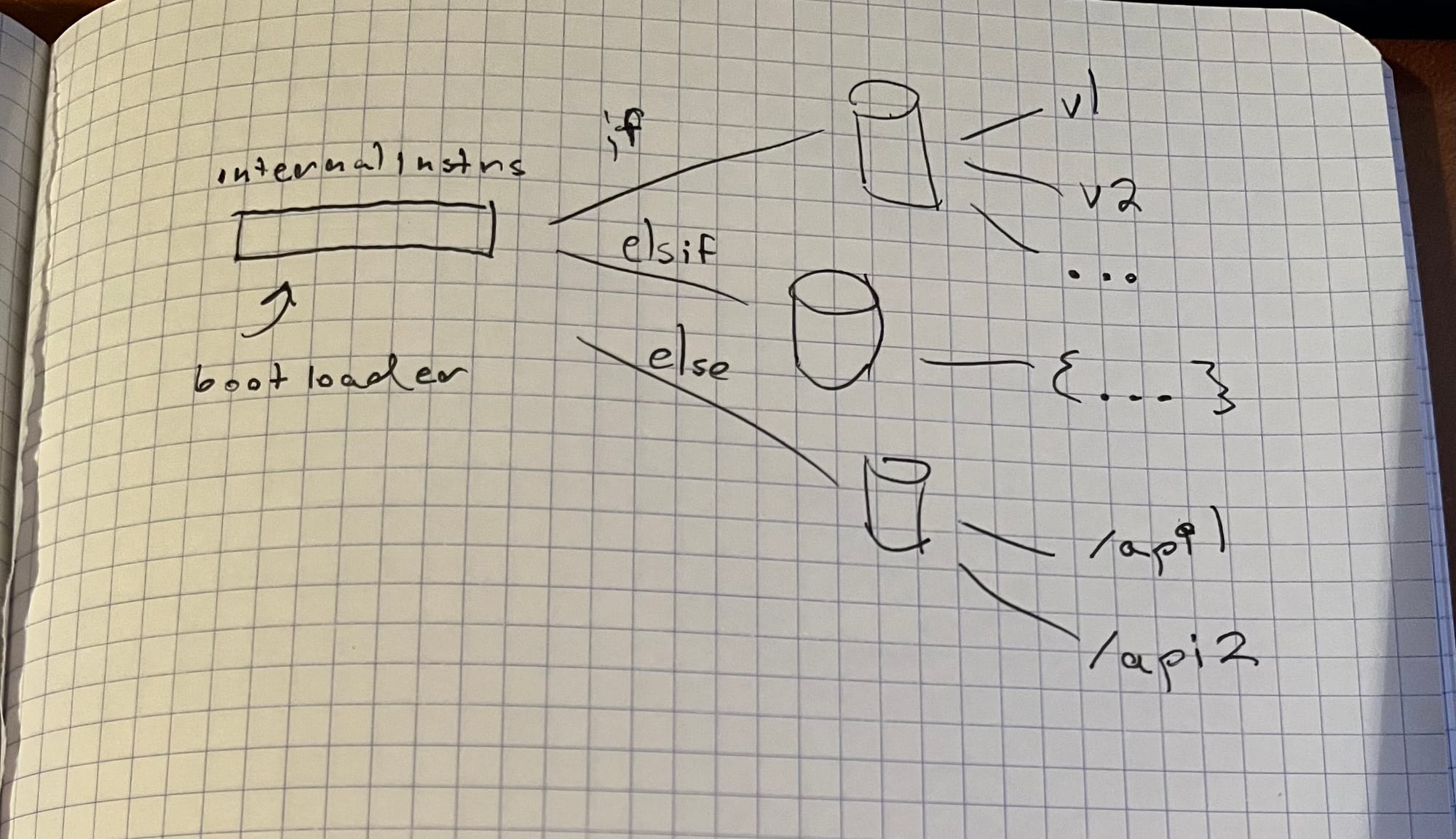
First, Lucas created a "boot loader" of sorts, a way for us to keep our instruction set minimal for MapGPT.
At the start of the experience, we immediately kick off an action call to our server to fetch the "introduction" instructions. Those are quickly processed and displayed to the user.
Then, when a user completes the task of appending their location to the chat session (discussed below), we also pass back a key with follow up instructions, for example:
{
"next_instructions": "..."
}We then tell the GPT to integrate those instructions into the rest of the conversation. This allows us to conditionally add new instructions given where a user is in the experience and keep things fast and interesting, allow as offering powerful versioning capabilities.
Session UUIDs
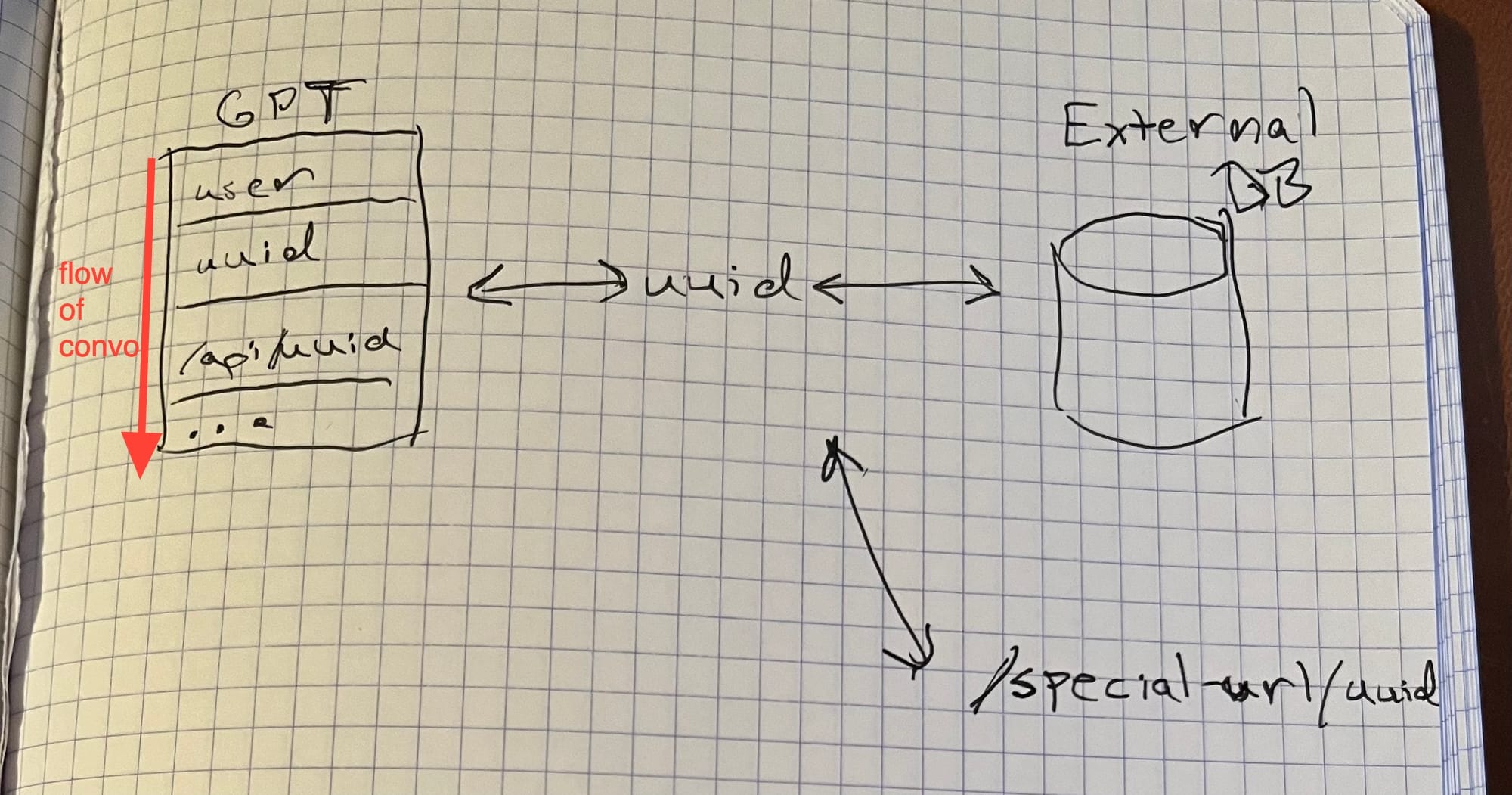
In the first action call above, we also assign users a random UUID. This UUID will follow them for the rest of the chat session. Incidentally, this gives a ChatGPT "state" as we use that ID on our server (and a Redis cache) to keep track of the data we need to feed the user. With conditional instructions, location data, and GPT summaries of Wikipedia pages taken up valuable token space, this UUID design pattern has proven itself immensely useful and I'm excited to use it in many of my GPTs going forward.
Running MapGPT
Here are a few examples of me and my collab partner Lucas using MapGPT in different places across San Francisco, Brooklyn and Rochester!
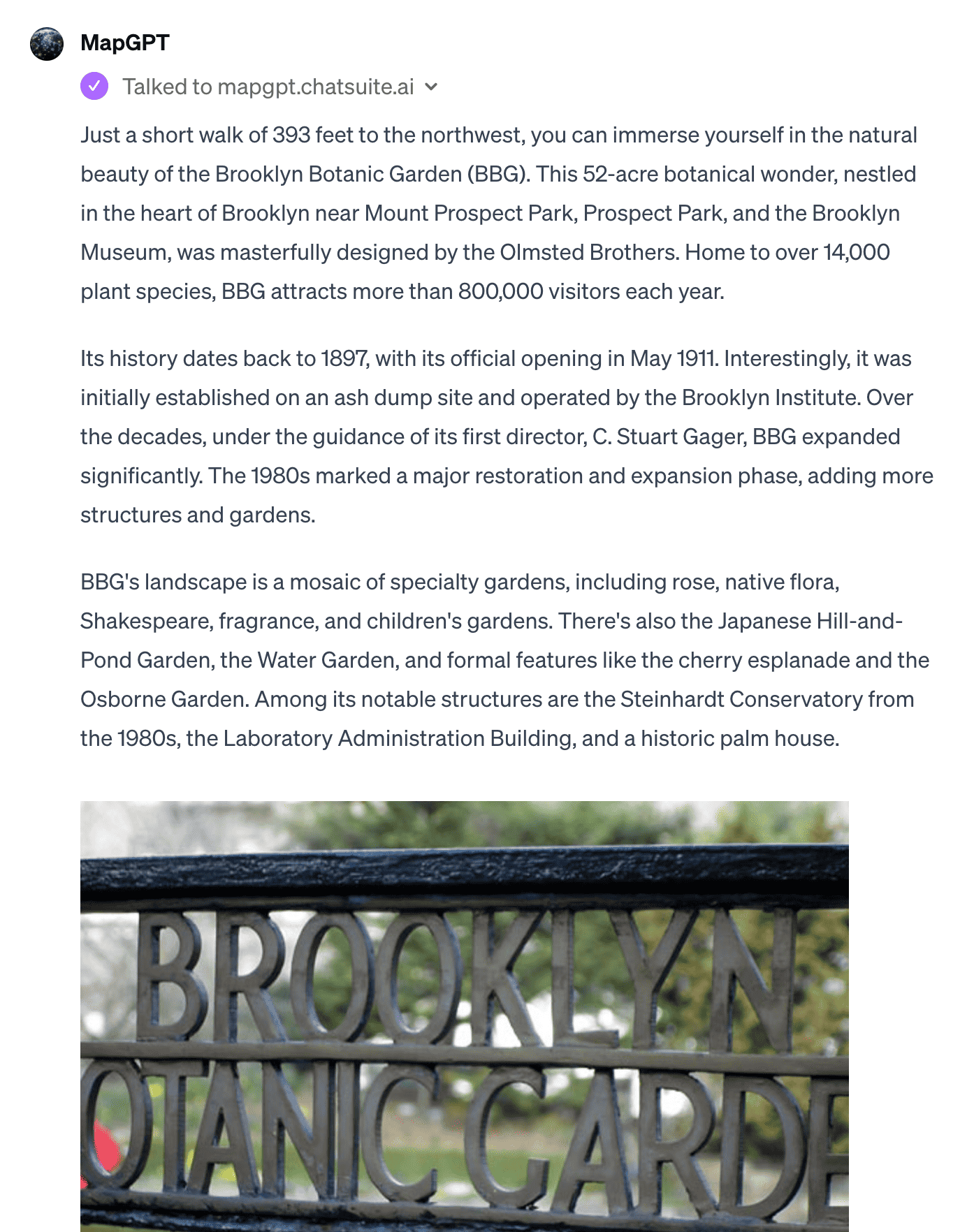
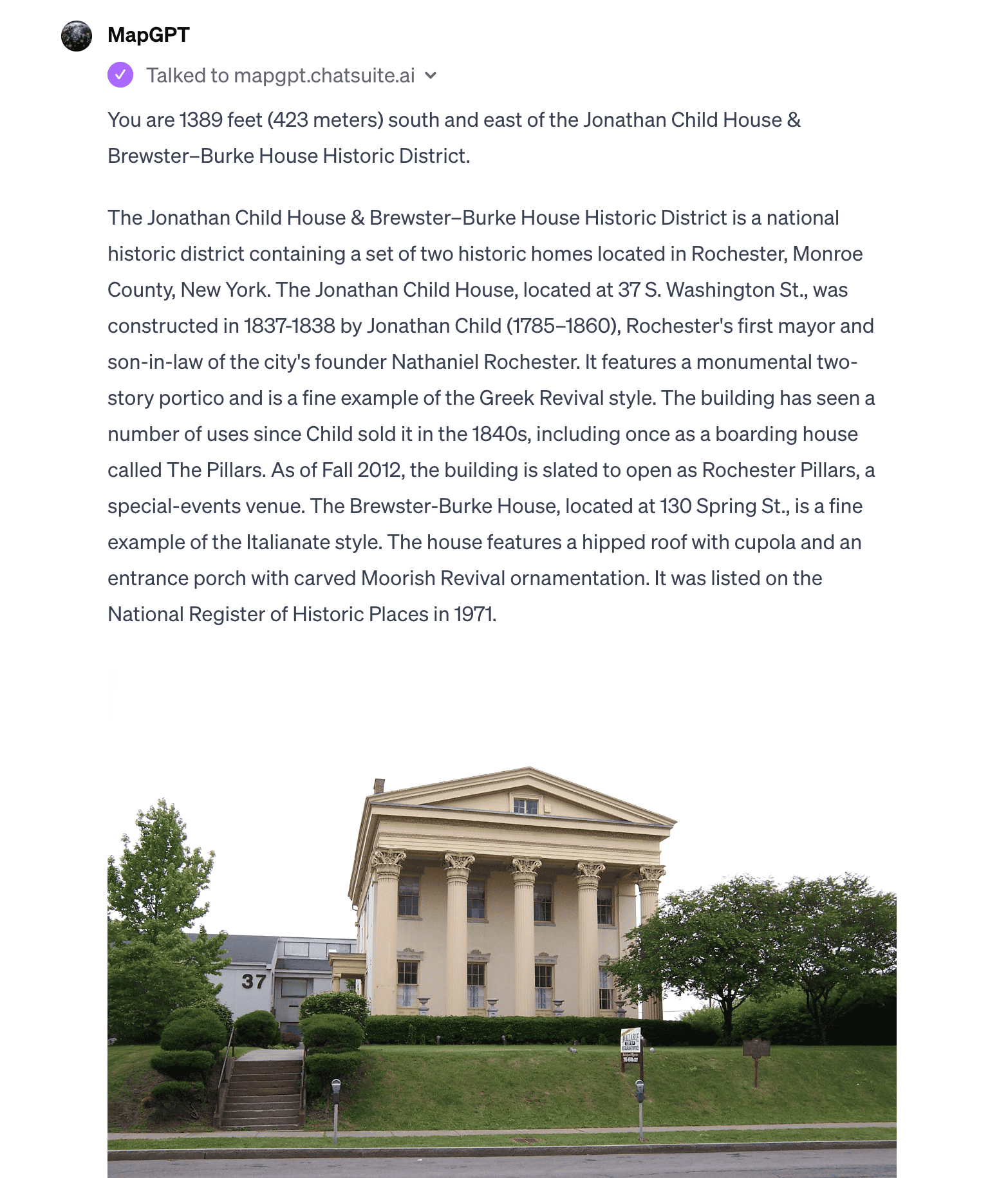
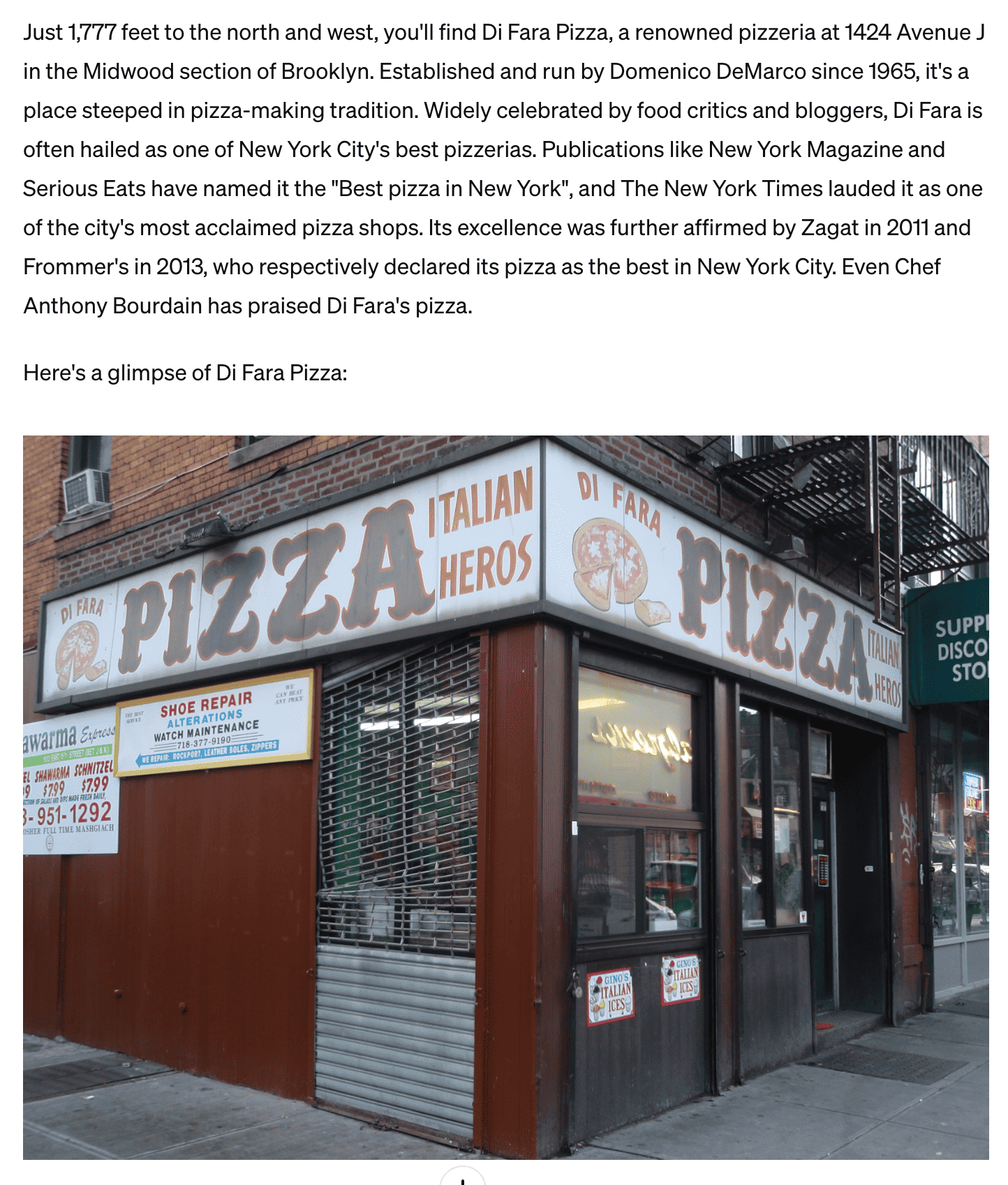
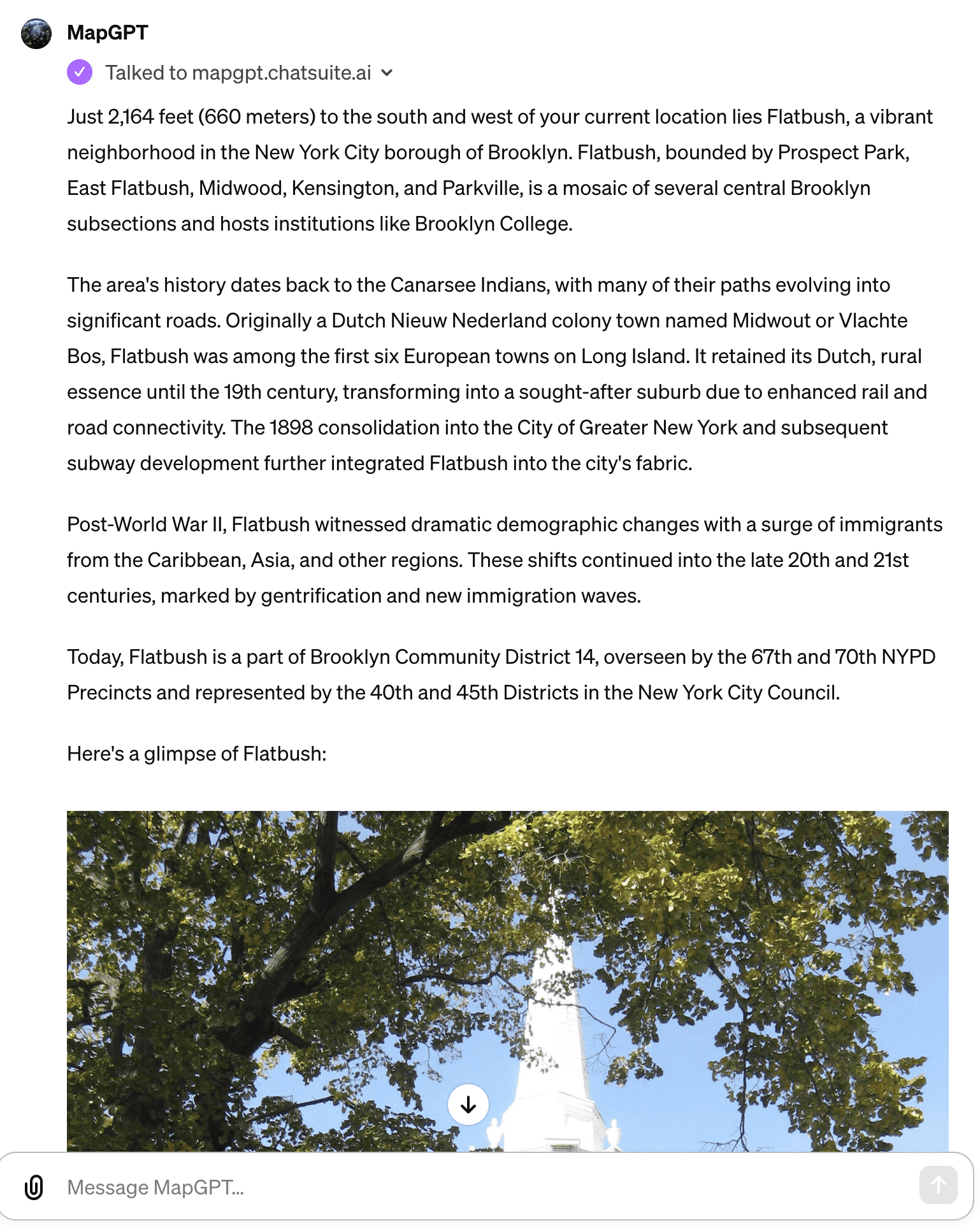
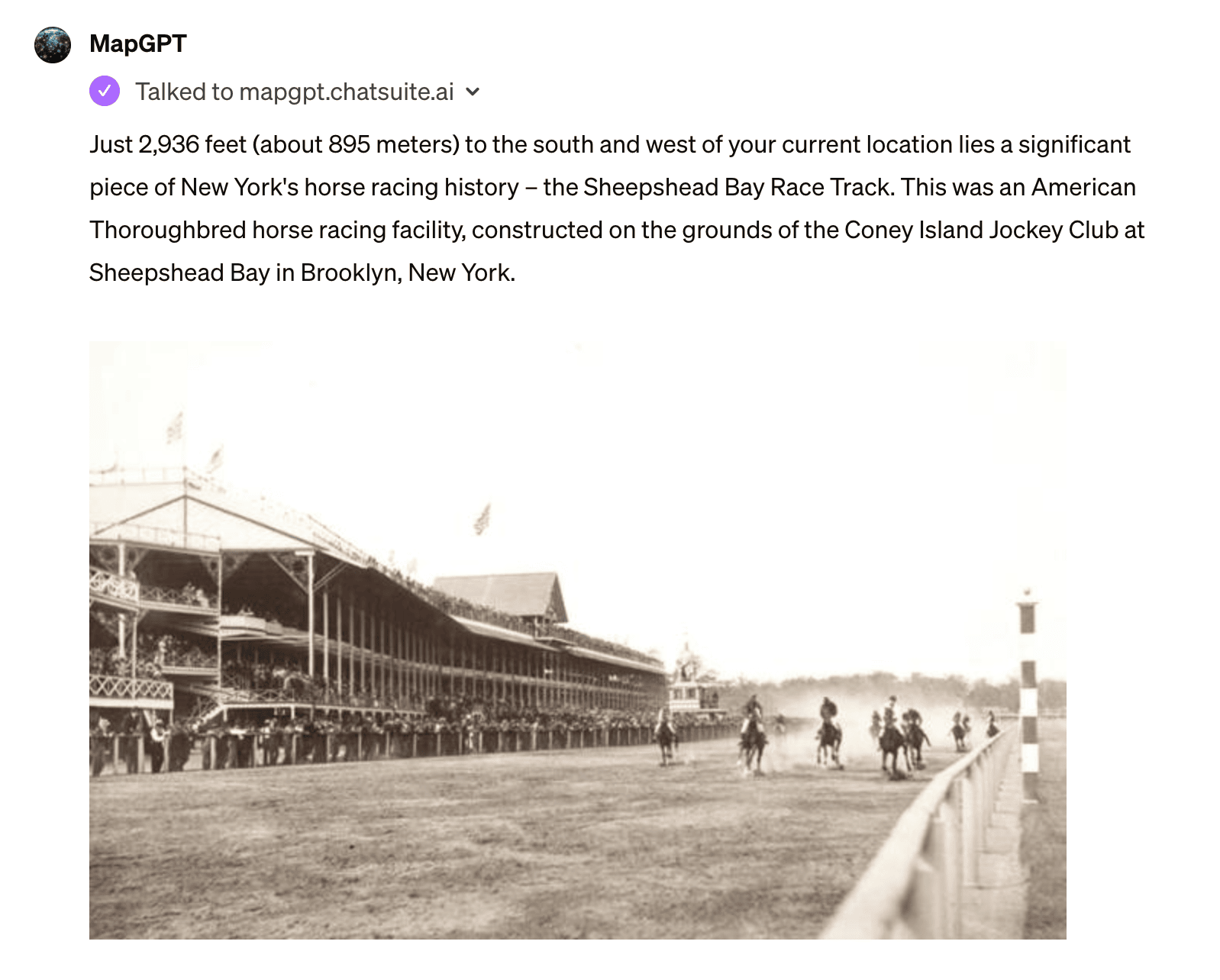
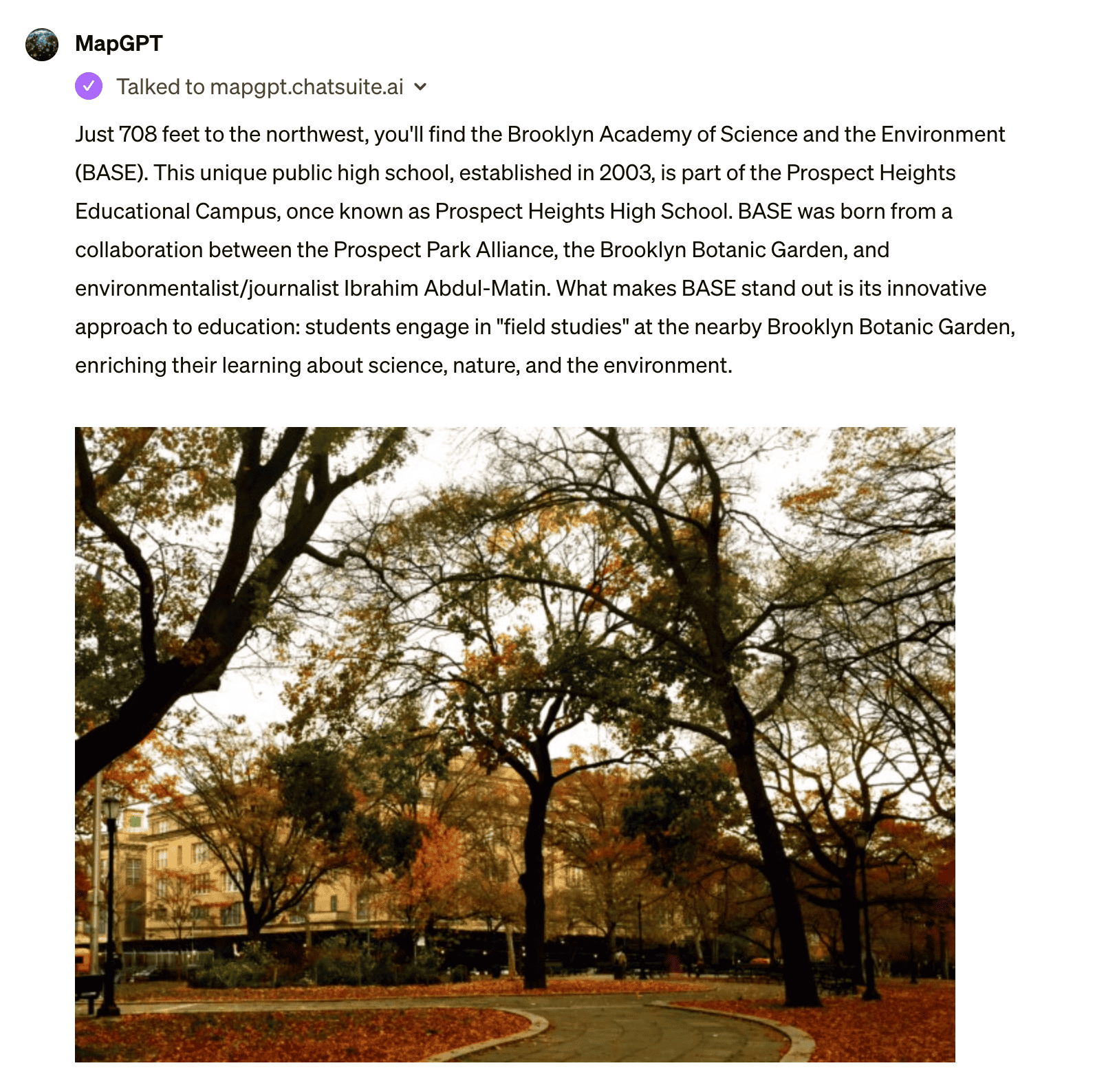
Ye Olde Newsstand - Weekly Updates
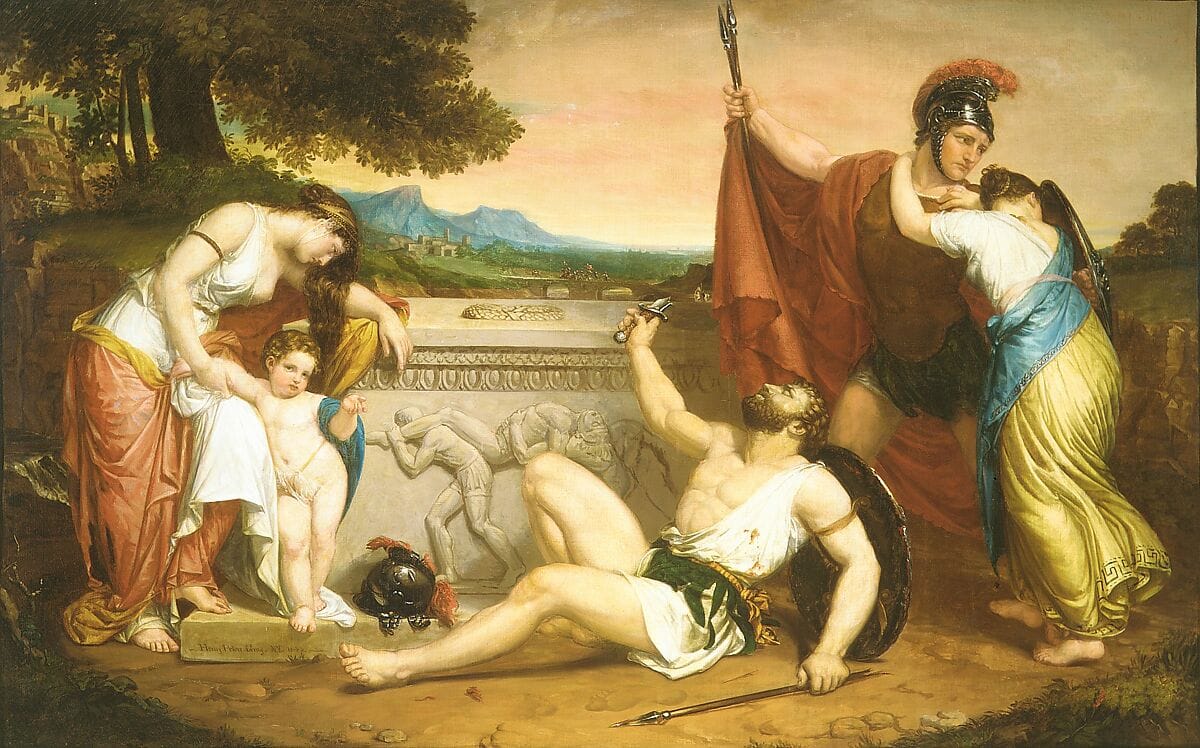
I've been vibing with this song so much this week, and I've been grinding through the Solo Leveling manga
Thanks for reading, and see you next Sunday!
ars longa, vita brevis,
Bram






